

SG-RD306 Fast Speed Automatic Paper Flyers Leaflets Folding Machine A3 Sheet Z Tripple Folding Machine


Automatic Label Applicator Machine Adhesive Sticker Flat Labeling Machine Auto Flat Pouch Labeling Machine








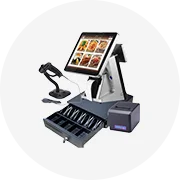
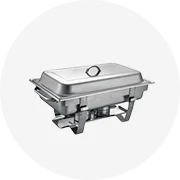
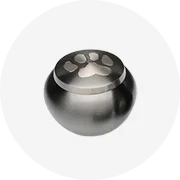
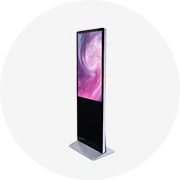
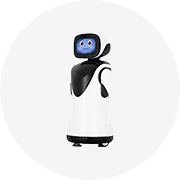
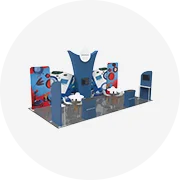
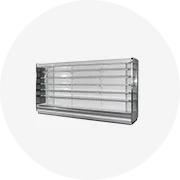
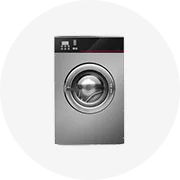

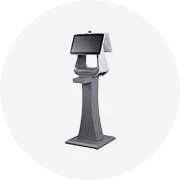
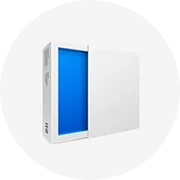

In an era where efficiency and precision are paramount, the textile industry is undergoing a significant transformation, thanks in part to the advent of advanced fabric folding machines. This buyer's guide delves into the evolution of fabric folding technology, offering a comprehensive look at the various types of machines available on Alibaba.com, their key features, and the role they play in enhancing textile manufacturing. From the robust and versatile models capable of handling a myriad of materials to the precision of trajectory-based folding techniques, this guide is an essential read for textile businesses looking to innovate and streamline their production processes.
The fabric folding machine has undergone significant evolution since its inception in the dynamic industrial hub of Northern Italy. Originating from a collaboration that focused on innovative solutions to meet customer needs, the machine has seen substantial advancements over the years. The introduction of a model in the mid-90s marked a leap in technology, catering to the packaging sector with capabilities of folding and packaging garments efficiently.
Subsequent years witnessed further enhancements, with improvements to the machine's components, such as lighter and more durable materials for the moving blades, and a special coating to ensure effective handling of various garment types. Adjustability and versatility were also key areas of development, allowing quick changes in folding sizes to accommodate different clothing dimensions.
The design overhaul not only made the machine more robust and compact but also user-friendly, with an intuitive control panel featuring diagnostic functions and customizable programs. These innovations have solidified the machine's role in the textile industry, offering reliable folding quality and adapting to the evolving demands of garment production.

Fabric folding machines are essential tools in the textile industry, primarily utilized by fabric dealers to efficiently fold open fabrics. These machines streamline the process of folding fabrics in half, preparing them for subsequent sale or storage. The folded fabric can be neatly organized into boards or rolls, facilitating ease of handling and inventory management. The automation of fabric folding not only saves time but also enhances the precision of the folds, contributing to a more professional presentation of the fabric products.
The Alibaba platform showcases a diverse range of fabric folding machines designed to cater to various textile manufacturing needs. Among the types available, there are fully automatic machines that streamline the folding process for garments, including T-shirts and pants, enhancing productivity with minimal manual intervention. These machines are adept at handling different fabric types, from lightweight apparel to heavier textiles like towels and beddings.
For specialized applications, the selection includes machines tailored for nonwoven fabrics, which are essential in producing items like bath towels and facial masks. The technology extends to multifunctional machines that not only fold but also perform tasks such as cutting and inspection, ensuring quality control in the production line.
The inventory also features machines designed for the laundry industry, such as those used in commercial laundries and hotels. These machines are capable of folding various types of cloth and linen efficiently, proving indispensable in high-volume laundry operations. Some models offer the convenience of being stackable, saving valuable floor space while still providing the robust functionality needed for large-scale laundry tasks.
For businesses looking for more traditional solutions, there are options like the sheet metal hand folding machines and spinning mill fabric finishers. These cater to specific niches within the textile industry, offering precision and control for specialized folding tasks. Additionally, leather edge folding and sewing machines are available for industries that work with tougher materials, demonstrating the versatility of the product range on Alibaba.
When selecting a fabric folding machine, it's crucial to consider the specific needs of your operation. Key factors include material compatibility, as machines vary in their ability to handle different thicknesses and lengths of materials. For instance, light-gauge materials used in industries such as HVAC, roofing, siding, or cladding are well-suited for folding machines. The design of the beam geometry is also important, as it influences the types of parts you can produce.
Another consideration is the choice between manual and automatic machines. Manual folders are cost-effective and reliable, suitable for thin materials, and often preferred for their portability. However, they are less efficient and require more manual labor. Automatic machines, on the other hand, offer greater power for bending thicker materials and the convenience of CNC programming for repeatable tasks, increasing production speed and reducing labor.
Additionally, the configuration of the machine is a decision point. Options range from single-station to combi, and combi up-down variants, with the latter allowing for upward and downward bends without flipping the sheet. When exploring options, assess your budget, bending requirements like material thickness, length, angle, and speed, and consider which features, such as backgauge size or additional CNC software, align with your operational needs.

In the textile sector, the integration of fabric folding machines is pivotal for enhancing production efficiency. These machines contribute significantly to the streamlining of production flows, often hampered by frequent downtimes. By ensuring a balanced production line, fabric folding machines minimize waiting times and optimize the use of resources. This optimization is achieved through precise resource allocation, ensuring that the exact number of products is produced using the right amount of materials, machinery, and labor. The implementation of such technology not only aids in cost savings but also in elevating the quality, performance, and efficiency of the production line. The empowerment of workers plays a crucial role in this process, as they gain increased responsibility and control over their work areas, leading to better management of resources and equipment. The cumulative effect of these improvements is a substantial enhancement in the overall production process within the garment manufacturing industry.
Robotic cloth folding represents a significant leap in textile manufacturing efficiency. By simulating and evaluating a trajectory search space with only two parameters, researchers have demonstrated that even complex garments like long-sleeved shirts can be folded with precision. This method's adaptability and robustness in handling various cloth shapes, materials, and folding speeds underscore its potential to streamline the folding process in real-world scenarios.
The simplicity of the trajectory-based approach allows for quick adjustments to be made for different folding sequences, which is crucial in a fast-paced production environment. The ability to fine-tune parameters to accommodate different cloth types and folding techniques means that advanced fabric folding machines can deliver consistent quality without the need for constant human intervention.
Moreover, the extensive analysis conducted on the performance of these machines in various scenarios reveals their capability to maintain accuracy, with simulated results showing minimal deviation from the target shape. This precision ensures that the final product meets the high standards required in the textile industry, contributing to overall business efficiency.
The versatility of fabric folding machines is exemplified by their ability to cater to a diverse selection of blankets. They can handle various materials, from lightweight airline blankets to heavier woolen options and even specialized items like incontinence underpads. This adaptability is crucial for businesses that deal with a wide range of fabric types. These machines showcase their flexibility by efficiently folding different textiles, including classic hotel or hospital towels and fitted items. Such machines are designed to meet the material compatibility needs of various textile services, ensuring that they can process a broad spectrum of dry articles, whether for hospitality, healthcare, or spa facilities. The ability to work with different materials and product shapes is a key consideration for any textile business looking to invest in fabric folding technology, as it directly impacts the efficiency and quality of the output.
Regular maintenance is crucial for the longevity and optimal performance of fabric folding machines. It's recommended to clean these machines regularly to prevent the buildup of debris and extend their operational life. Before cleaning, ensure the machine is turned off and unplugged. Remove all paper from the machine and trays to prepare for maintenance.
Access to the rollers is necessary for thorough cleaning. Following the manufacturer's manual, identify and access the rollers. Use a specialized roller cleaner and a cloth to wipe down the rollers, repeating with several cloths until they no longer show residue. A dry cloth should be used afterward to remove any remaining cleaner.
After cleaning, running 20 to 30 sheets of blank paper through the machine will help remove any excess cleaner residue. The frequency of cleaning will vary based on the volume of use and the condition of the materials processed. Additionally, careful attention should be paid to resolving paper jams without causing undue stress on the rollers, which could lead to misalignment or improper functioning.
In conclusion, the integration of advanced fabric folding machines represents a game-changer for the textile industry. With the evolution of technology, these machines have become more robust, versatile, and user-friendly, catering to a wide array of materials and textile services. The efficiency and precision they bring to the production line are unparalleled, optimizing resource use and enhancing product quality. The right machine can transform operations, optimizing the adaptability and multifunctional capabilities required for various applications. Moreover, the success stories from Alibaba buyers underscore the tangible benefits of these investments. However, to maintain these advantages, regular maintenance is essential. By prioritizing the care of these machines, businesses can ensure their longevity and continued performance, securing a competitive edge in the fast-paced world of textile manufacturing.